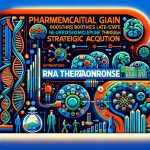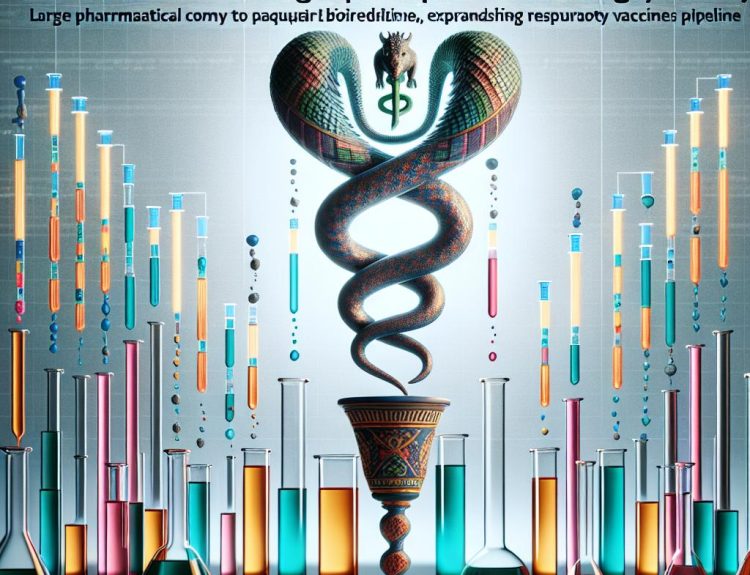Galapagos will present new in vitro pharmacology data for its selective TYK2 inhibitor, GLPG3667, at ACR Convergence 2025 in Chicago. The molecule, a reversible kinase-domain TYK2 inhibitor now in phase 3-enabling studies in systemic lupus erythematosus and dermatomyositis, demonstrated pathway inhibition consistent with expected class efficacy, while suggesting a differentiated selectivity profile versus the approved TYK2 agent and another investigational TYK2. At exposures aligned with the 150 mg once-daily clinical dose, GLPG3667 inhibited IFN-α and IL-23 signaling comparably to class benchmarks, showed more pronounced IL-12 pathway inhibition, and, notably, showed no measurable inhibition of IL-10 signaling up to concentrations roughly tenfold above clinical levels—where two comparator TYK2 inhibitors demonstrated strong IL-10 suppression.
The signal Galapagos is sending is strategic: a catalytic-domain TYK2 could deliver class efficacy without drifting into TYK2-independent cytokine pathways that raise tolerability and safety questions. That challenges the prevailing narrative that allosteric, pseudokinase-domain binders are inherently the safer route in TYK2 pharmacology. The critical question for Commercial and Medical leaders is whether this in vitro selectivity will translate into a clinically and regulatorily meaningful safety narrative—one compelling enough to shift payer calculus and HCP prescribing in autoimmune conditions where risk tolerance is low and chronic exposure is the norm.
Why it matters now is straightforward. SLE and dermatomyositis remain underserved by oral targeted therapies with clean, scalable safety profiles. Biologics like interferon pathway and B-cell–directed agents have improved outcomes but bring administration burdens and cost friction. An oral TYK2 with credible efficacy and differentiated immunomodulation could alter treatment algorithms, enable steroid-sparing regimens, and broaden access—if, and only if, the label and post-approval evidence support long-term safety. Payers will be looking for clear separation from JAK-class risk concerns, durable steroid reduction, flare prevention, and quality-of-life gains. HCPs will need pragmatic guidance on positioning versus existing biologics, IVIG, and conventional immunosuppressants, especially in heterogeneous SLE populations.
The broader context is a reshaping TYK2 field. The approved allosteric TYK2 set the bar for tolerability in dermatology, while multiple next-wave agents are expanding into rheumatology and systemic autoimmunity. At the same time, recent setbacks across small-molecule immunology programs underscore a persistent translational gap between elegant in vitro selectivity and complex in vivo immune networks. Regulators remain sensitized to JAK safety, and it is not yet clear how they will parse catalytic versus allosteric TYK2s in labeling and post-marketing requirements, particularly outside dermatology, where background immunosuppression and infection risk are higher.
Galapagos’ ongoing phase 3-enabling trials are designed to bridge that gap. In SLE, the Galacela study evaluates 75 mg and 150 mg once-daily dosing over 48 weeks with an SRI-4 primary endpoint at week 32, alongside BICLA, cutaneous activity, LLDAS, and joint counts to capture multidomain benefit. In dermatomyositis, the Galarisso study assesses 150 mg daily on the ACR/EULAR Total Improvement Score at week 24 with an extension to 48 weeks. For Medical Affairs, linking the in vitro findings to clinical pharmacodynamics—such as interferon gene signature modulation and cytokine biomarker shifts—will be central to educating prescribers and generating the real-world evidence payers increasingly expect.
The next battleground is not simply efficacy but the credibility of a safety and selectivity story that can win labeling, unlock payer access, and sustain long-term adherence. Can a catalytic-domain TYK2 convincingly secure a “clean” narrative in systemic autoimmune disease, or will allosteric incumbents entrench first-mover advantage? The ACR data are a marker; the upcoming clinical readouts will decide how quickly commercial teams can translate mechanistic differentiation into market position.
Jon Napitupulu is Director of Media Relations at The Clinical Trial Vanguard. Jon, a computer data scientist, focuses on the latest clinical trial industry news and trends.







